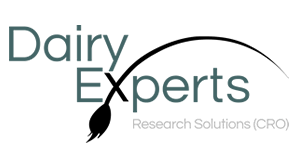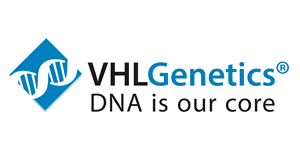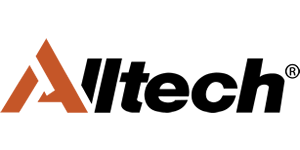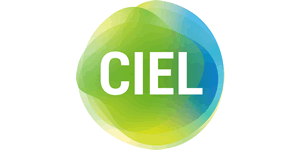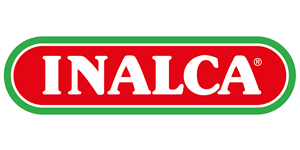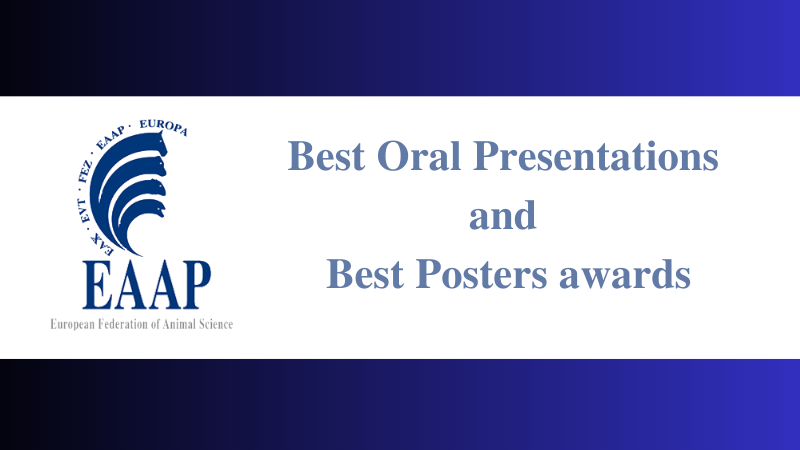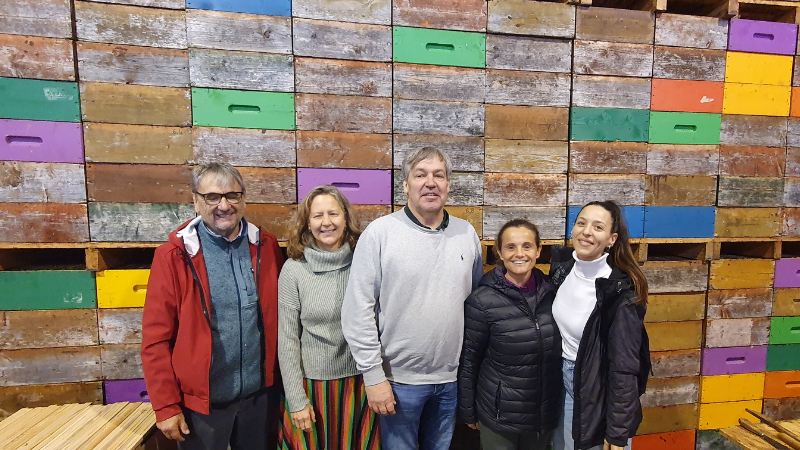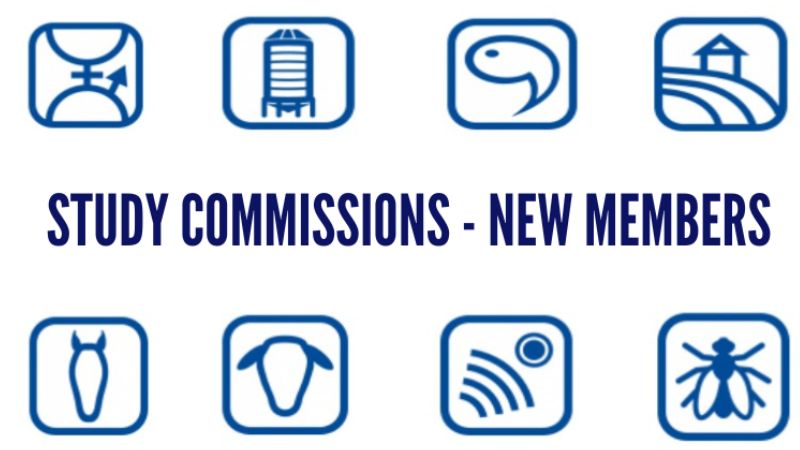The 26th EAAP Webinar organized in collaboration with the European University Institute is titled Animal Welfare: Bridging Policy and Practice, that will be held on 11th February, at 15.00 CET. By attending EAAP Webinars, you will be able to stay on top of the latest research and gain new inspiration. Connect and network...
The Return of Hungary to EAAP
The great news is that Hungary has officially rejoined the European Federation of Animal Science (EAAP) after a period of absence. This is particularly noteworthy news, as Hungary had historically been one of the Federation’s most active members, with high-profile representatives in both the institutional and scientific spheres. Over the...
Preparations Underway for the Next EAAP Annual Meeting in Innsbruck
On 5 and 6 December, representatives of the Austrian local organising committee, the EAAP, and the company managing the organisation of the next Annual Meeting gathered in Innsbruck, Austria, to advance preparations for the event. During the meeting, the team conducted a detailed evaluation of the facilities that will host...
EAAP Regional Meeting 2026: Sassari as a Hub for Mediterranean Animal Science and Livestock Industry
The Secretary General of EAAP, Andrea Rosati, was recently invited to Sassari, on the island of Sardinia (Italy), by Professors Nicola Macciotta, a member of the EAAP Council, and Gianni Battacone, both from the University of Sassari. During the visit, he had the opportunity to explore the excellent facilities of...
EAAP General Assembly Confirms Leadership for Genetics and Cattle Study Commissions
The EAAP General Assembly has confirmed the reappointment of Professor Filippo Miglior (Canada) as Chair of the Genetics Study Commission and Professor Massimo De Marchi (Italy) as Chair of the Cattle Study Commission for a second three-year term. This decision reflects the excellent work carried out by both during their...
8th EAAP International Symposium on Energy and Protein Metabolism and Nutrition (ISEP 2025)
EAAP is pleased to announce the Call for Abstracts for the 2025 International Symposium on Energy and Protein and Nutrition (ISEP) organized by the Research Institute for Farm Animal Biology (FBN), Germany. ISEP 205 will take place from 15 – 18 September 2025 in Rostock- Warnemünde, Germany, right on the...
Best Oral Presentations and Best Posters awards 2024
During the last EAAP Annual Meeting (Florence, Italy, September 1st-5th, 2024), each EAAP Study Commission evaluated posters and presentations given by researchers who attended the congress. EAAP is now pleased to announce the list of winners for “Best Oral Presentations and Best Posters” awards. You will find all the winners...
Presentations from the EAAP Annual Meeting in Florence Now Available
The presentations from the EAAP Annual Meeting, held in Florence this past September, are now accessible on the restricted EAAP website. This service is especially valuable for those who could not attend the conference and for participants who wished to attend multiple sessions simultaneously but missed certain presentations of interest....
Connecting Beekeepers and Researchers: EAAP’s Role in Addressing Modern Beekeeping Challenges
On 18-19 October 2024 EAAP was invited to participate to two special events dedicated to Beekeeping. Thanks to the cooperation with “Università degli Studi di Milano”, on 18th October EAAP had the opportunity to visit Melyos Farm owned by Elio Bonfanti, a Beekeeper based in Barzanò (a town in the...
New members of the Study Commissions
During the meetings held in Florence the “open positions” in the Study Commissions were filled with new elected scientists. The proposals discussed at the Study Commissions meetings were later analysed by the Council and then the new members of the Study Commissions were finally elected. The new Presidents of the...






